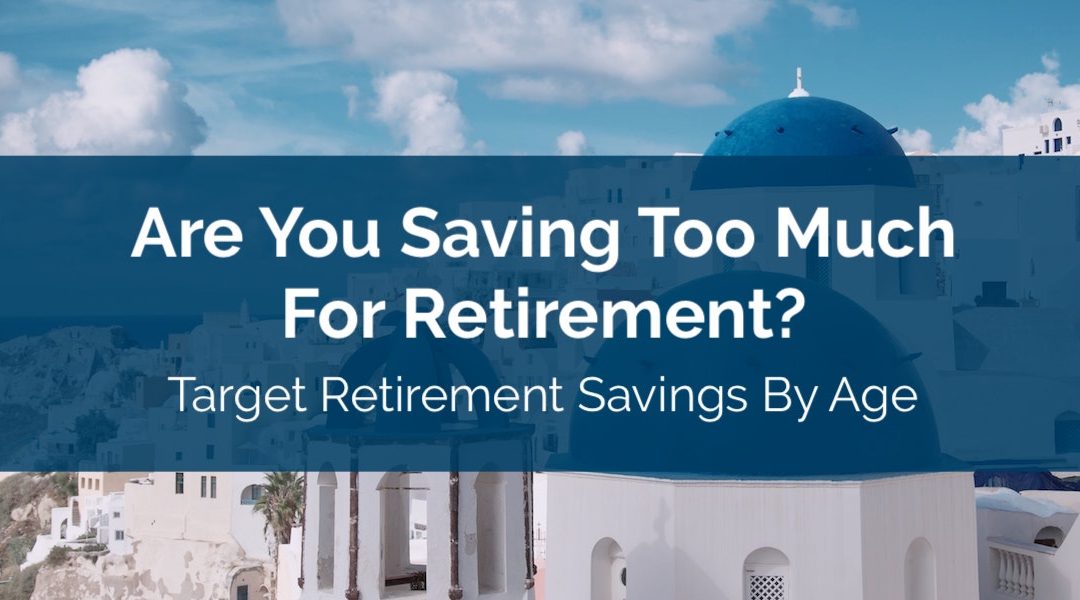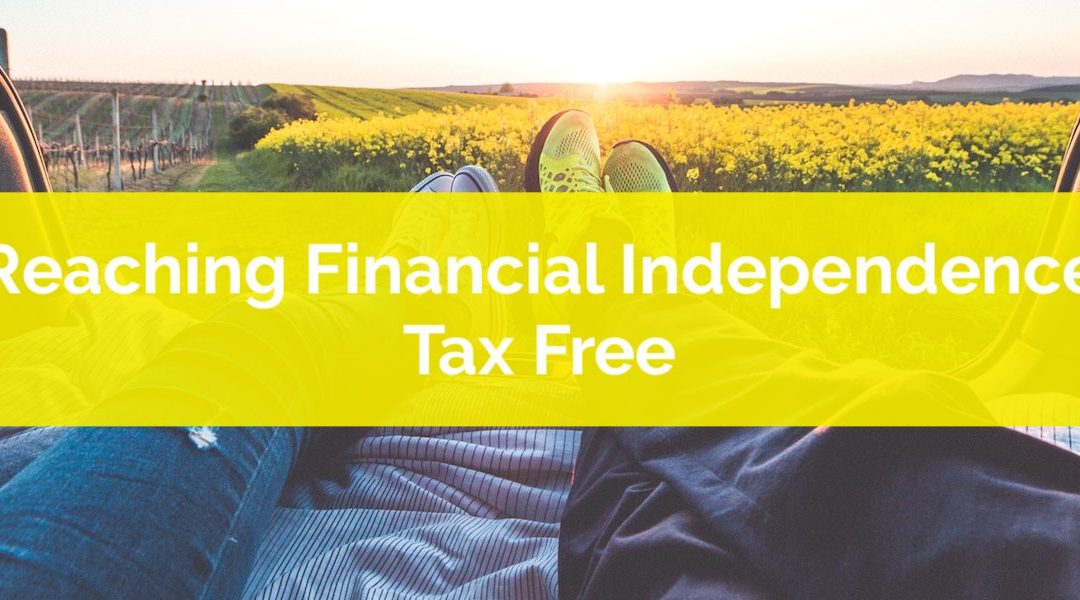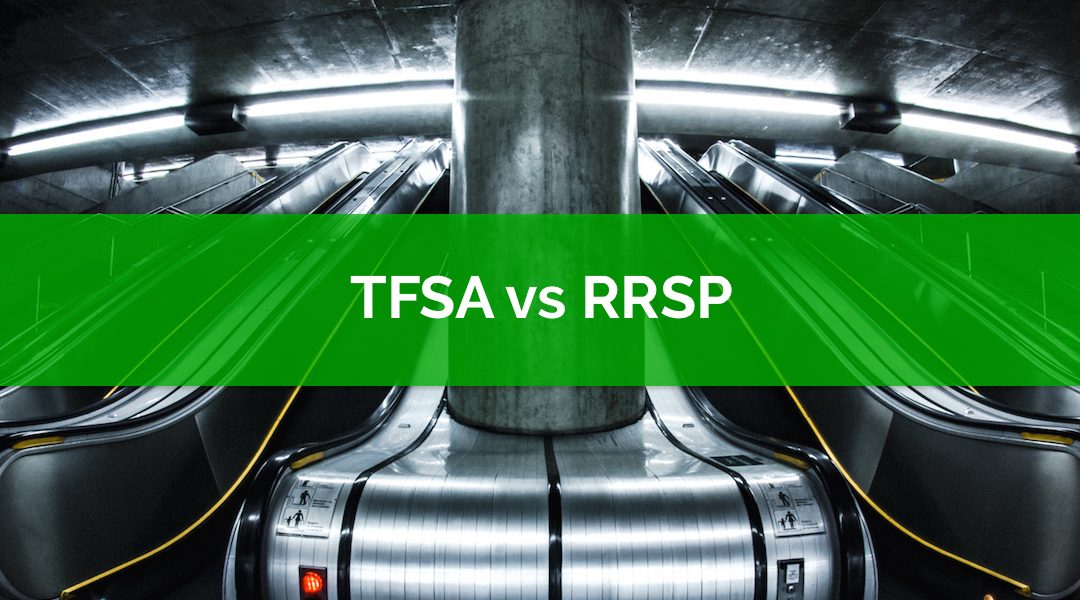
by Owen | Nov 19, 2018 | Retirement Planning
You need less for retirement than you think. Numbers are often thrown around for retirement, $1 million comes up often, probably because it’s an nice round number. Now they’re saying $1 million isn’t even enough. Now they’re saying you need more, maybe as much as $2 million.
The truth is…. that’s utterly ridiculous. The average Canadian won’t need $2 million to retire and if you’re targeting that amount (or even $1 million) you might be saving TOO MUCH for retirement.
Where are these lies coming from? My guess is from the financial services industry in general. In general, the financial services industry gets compensated for investments under management, products sold, and debt/mortgages. This leads to quite a bit of biased information coming from the financial services industry.
The sad truth is that the more money you save the more “they” get paid. They don’t want you to settle for $1,000,000 in savings when $2,000,000 could mean more in annual fees. How much more? About $23,500 more in annual fees.
That’s not a typo. You read that right. The average mutual fund fee in Canada is around 2.35%. Annual fees on a $2 million portfolio are $47,00 per year, PER YEAR, when it’s invested in the average mutual fund portfolio.
No wonder they keep telling us to save, the more we save the more they earn.
The crazy thing is that the fees on a $2 million mutual fund portfolio are enough to fund the average retirement. Imagine, the FEES ALONE are enough for the average retirement, and yet they continue to tell us we need to keep saving.
So how much do you actually need for the average retirement? How much should you have saved? What is the target retirement savings by age? It’s less than you think. But first, let’s cover a few assumptions.

by Owen | Jul 23, 2018 | Financial Goals, Investment Planning, Retirement Planning, Tax Planning
Financial independence is a goal for many people. Financial independence is when work becomes optional. It’s when your investments are large enough to support your annual spending indefinitely, without the need for employment income. Reaching financial independence frees you from the typical work/money/time equation. When you reach financial independence you no longer have to trade your time for money.
How much you need to reach financial independence is different for everyone, but the quick and most common metric is 25 times your annual spending. Once you reach this level of savings and investments (not including your home) you can withdraw 4% of your portfolio indefinitely. With the right portfolio your investments will grow enough each year to pay you 4% of the original principal and still keep up with inflation.
Taxes are obviously a big consideration when growing your investments. Tax free growth allows your investments to grow faster and lets you hit your goals earlier.
In Canada we have two main accounts that provide tax free growth, the TFSA and RRSP. With the TFSA you pay tax now but don’t pay tax later. With the RRSP you don’t pay tax now, but you do pay tax later. Regardless of when you pay the tax, the investment growth within an RRSP or a TFSA is tax free. Using your TFSA and your RRSP to its full potential means you can hit financial independence much faster.

by Owen | Nov 27, 2017 | Financial Goals, Retirement Planning
Goals are important. Financial goals are especially important.
Having a goal gives you something to focus on, it gives you direction. Goals provide motivation, they get you moving.
We’ve had big financial goals in the past. Years ago my wife and I set a goal to pay off our mortgage early. That was our first BIG financial goal. Once we achieved that goal we were hooked.
We find financial goals to be very motivating. They give us a reason to stick to our budget. They give us a reason to control our spending and look for new ways to save. They help us avoid purchases that don’t align with our goals (especially impulse purchases).
We currently have one HUGE financial goal. Our goal is to have $1 MILLION in our TFSAs by the time we turn 55.

by Owen | Nov 20, 2017 | Retirement Planning
Even though it’s a long way off, many young people think about retirement planning.
Twenty-five percent of young people list retirement as one of their top two financial concerns. Top two! They’re more concerned with retirement than debt, expenses, unexpected emergencies or losing their job.
When young people think about retirement their biggest concern is “running out of money.”
To be honest, I’m not surprised.
Saving for retirement is something we’ve been told to worry about again, and again, and again.
The good news is that starting early makes a HUGE difference. Starting early is basically retirement savings on “easy mode.”
The best way to ease your retirement concerns is to make a plan and start saving today (even if it’s just a small amount).
In this post we’ll go over a ‘quick and dirty’ way to create a retirement plan. This “retirement plan” is perfect for a young person. It isn’t a replacement for a full financial plan, but it’s a good way to put yourself on the right path and start saving.

by Owen | Nov 6, 2017 | Retirement Planning, Tax Planning
Both TFSA and RRSP are great, but they’re also different. These tax-advantaged accounts each have their own pro’s and con’s.
If you only have a set amount to invest each month, it’s important to pick the “right” account.
The “right” account can change over time as your income and personal circumstances change.
Each account, TFSA vs RRSP, deals with taxes differently. Choosing the right account will help you save $100,000+ in tax over your lifetime. Who would say no to $100,000?!?
By choosing the right tax-advantaged account, you can actually save less each month and still achieve all your financial goals.

by Owen | Oct 16, 2017 | Retirement Planning, Tax Planning
When you think “tax shelters” you probably picture some Caribbean island. But did you know that the average Canadian has access to 2-3 tax shelters of their very own?!?!
The average Canadian family can shelter 32% of their gross income every year! They can do this in accounts that either defer or avoid taxes.
What is a tax shelter? In the broadest sense….
“A tax shelter is a financial arrangement made to avoid or minimize taxes.”
But let’s clarify something for a second, avoiding taxes is completely legal and it’s an important financial planning strategy.
What isn’t legal is tax evasion. Tax evasion is the illegal underpayment of your taxes. Tax evasion is basically when you ignore tax rules and use some tax-saving scheme. This is done through shady accounting practices or stashing money in offshore accounts in tax-havens like the Caribbean.
Every Canadian has access to a few different tax-sheltered accounts to help them legally minimize their taxes.
Tax-sheltered accounts are extremely useful because they help you delay, reduce or even avoid paying taxes all together. Using these accounts in the right way can help you avoid paying thousands of dollars in taxes and can even help you boost your government benefits!
Reducing taxes is an important component of any financial plan. Unfortunately, most Canadians don’t maximize their tax-sheltered accounts.
The average Canadian family can shelter 32% of their income each year in accounts that either defer or avoid taxes*. In this post we cover the three common tax-sheltered accounts of which every Canadian should be aware.
Page 18 of 19«...1516171819»






